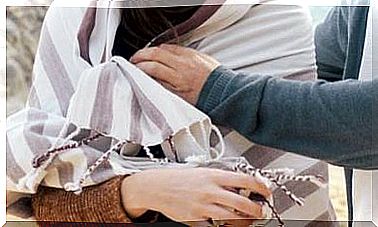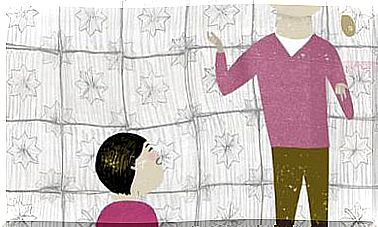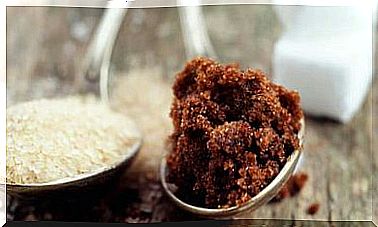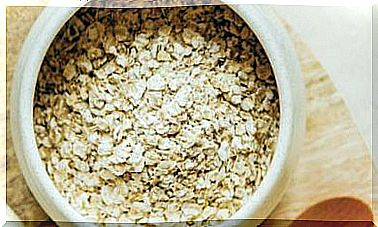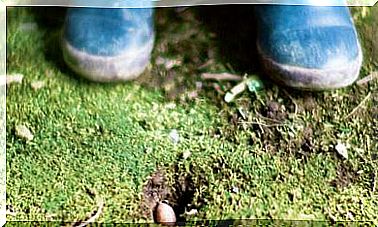Why Do My Knees Creak And What To Do To Avoid It?
Crackling, popping, or crackling in the knees and other joints can be scary, but they do not reveal a problem if they are not accompanied by pain or swelling. In either case, exercising strengthens your knees and reduces crackles.

The knees or ankles may crack with the first steps after prolonged sitting or lying down. Some people even voluntarily crack their finger joints. But where do these noises come from? The causes can be various.
The most common cause of cracking or popping is an unusual movement that demands performance from the joint beyond normal, such as when we crackle our knuckles or gesture and our backs pound.
In this case, the creaks are due to the partial collapse of microbubbles found in the synovial fluid, the “oil” that bathes the joint and facilitates its functioning. These creaks are called crackles and are not initially problematic or harmful. There is no reason to worry.
Another cause is that the bones rub against the joint capsule, but this only occurs in advanced stages of age-related osteoarthritis, when the cartilage is severely damaged, and the noises are accompanied by pain and inflammation. It is therefore not the most common cause of creaking sounds.
The knees seem to break with every step: do you have to go to the doctor?
When we feel a crunch we immediately imagine that we suffer from osteoarthritis, rheumatoid arthritis or some type of injury to cartilage or bones. Actually, if there is no pain or reduced mobility, there is nothing to worry about. However, to stay more calm, you can consult your doctor.
If the noise appears after a fall, a deformation, swelling or pain is appreciated , the visit to the doctor is justified. The orthopedic surgeon will examine the joint and may perform an MRI scan.
How can the knees be protected?
By moving and working the joints in their full range of motion, we are stimulating the production of synovial fluid, the substance that acts like “fat” within the joint so that the bone and cartilage glide smoothly. In addition, when exercising, the muscles that control joint movements are strengthened.
Exercises where there are no jumps or too sharp turns (such as swimming, cycling, or rowing) are especially good for your joints.
Sports that meet these conditions are swimming, cycling, water gymnastics, inline skating, yoga, Tai Chi, or Pilates.
It is highly recommended to combine these exercises with strength training with machines, weights, elastic bands or with exercises that use your own body weight.
Can you run if your knees creak?
If the knees do not hurt, are not swollen, hot or red, you can run with peace of mind.
In fact, even if you suffer from osteoarthritis you can run and doing so can reduce pain and the progression of the disorder. This is demonstrated by a study carried out in the United States with 1203 patients over 50 years of age for 8 years: running helped them reduce discomfort.
Jogging leads to a positive adjustment of all the structures of the lower musculoskeletal system. Muscles develop and are better able to absorb shocks and vibrations. Passive elements such as tendons, ligaments and bones also become more resistant. Physical exercise is the best way to protect yourself.
Scientific references:
- María E. Suárez Almazor et al. Running Does Not Increase Symptoms or Structural Progression in People with Knee Osteoarthritis: Data from the Osteoarthritis Initiative. Clinical Rheumatology.

